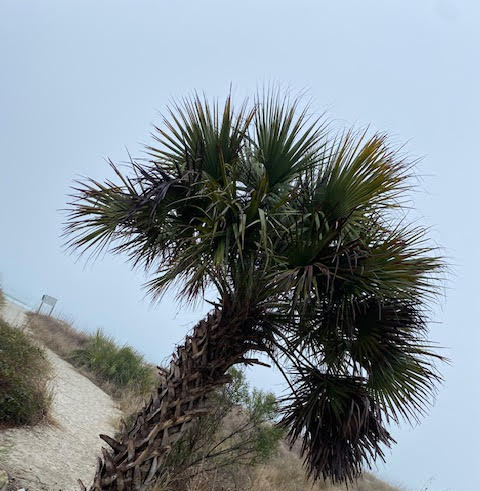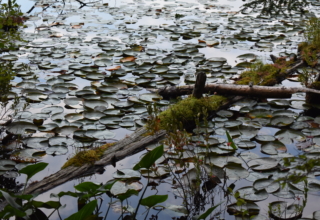
The stories of an organization are important to fully appreciate for yet another reason: they are critical bridges between the present and past—much as there was in De’Agata’s telling of a story about a past event, and the construction of a story in their book about their ongoing, present-tense interaction in preparing this story for publication. Organizations exist at the present moment in time. The past life of an organization exists largely in the present conversations, i.e., the stories about the past. It also exists in the conversations that are now taking place about past conversations (via archival records). The formal records of the organization are the conversations that take place between people who are of the present and the past. Similarly, the organization’s future is shaped in current conversations about this future. Narratives actually do more than tell stories, they create a framework in which the identity of the organization is perceived and presented. Storytelling is a central ingredient in relationships. Relationships, in turn, become important in the reconstruction of reality—whether this reality be personal or organizational in nature.
Several questions arise from this dynamic constructivism. In what way(s) do the personal and organizational narratives and images influence or alter one another? In what ways did the story change as a result of the encounter of D’Agata’s story of the past with D’Agata’s and Fingal’s interaction in the present? Is there a shift in the organization’s narrative when a new top manager is hired, or the organization itself is restructured? From the perspective of anyone facing the challenge of Fact-finding in an organization, there are major concerns with regard to the nature of narrative and identity that is being conveyed by the organization and the narrative and identity of each employee –and in particular the person reflecting on the Facts and making decisions based on this reflection.
Construction and Courage
As transcendent beings, we have the capacity to reflect on our own experiences and to place these experiences in space and time. This is the human challenge, the human opportunity, and the human curse of transcendence. Our sense of a dynamic, constantly reconstructed universe, based in our interactions with other people, leads us inevitably to a sense of bewilderment. At a more immediate level, we are confronted with the complexity, unpredictability and turbulence of contemporary organizational life. How does one find the courage to stand in the face of this “awe-full-ness”? And what is the role to be played by so-called experts in helping us address these challenges (as well as facing their own personal challenges)?
Clearly, the movement from an objectivist to a constructivist ontology and from a static to a dynamic perspective on Facts requires personal commitment and courage—particularly courage. Our sense of self and reality—our personal reality—is always in flux. How do we live with this personal uncertainty? The remarkable theologian, Paul Tillich (2000) has written about the existential (and theological) “courage to be”—the courage needed to acknowledge one’s being and one’s becoming in the world. If human beings are minds, and not just brains, if they live in dynamic interaction with other people and events in their life, then they require a “courage to be.” Tillich believes that this courage is not embedded in a secular world. Rather courage is inherently spiritual in nature or at least there are spiritual demands being made on us as we are confronted with the dynamic universe in which we live.
Download Article
















